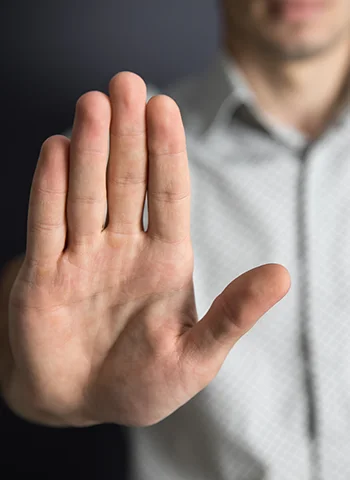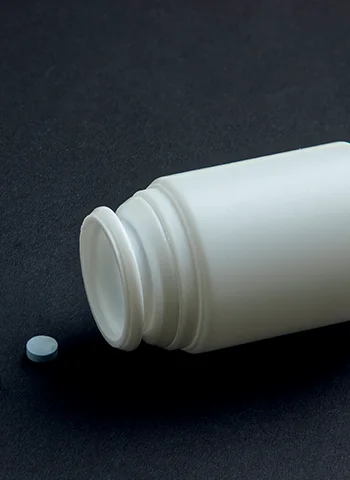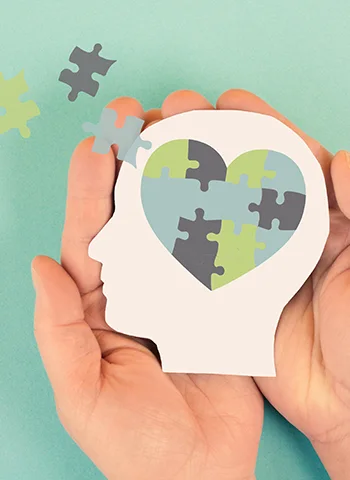Fentanyl Addiction Treatment
Fentanyl addiction is a serious health challenge that can affect anyone, no matter their background or lifestyle. Fentanyl use can lead to addiction, and opioid addiction has led to numerous drug overdose deaths. Obtaining support is often the most effective way to rebuild your health and confidence.
You might feel unsure about what treatment involves or how to get started. Options include medical drug detox , therapy, and aftercare, and a fentanyl addiction treatment programme is most successful when tailored to fit your needs.

Take the First Step Towards Recovery
Steps Together offers personalised support and proven treatments, providing the care, guidance and encouragement you need to move forward with confidence and build a healthier future.

Understanding Fentanyl Addiction
Fentanyl is a synthetic opioid used in medicine to treat severe pain, often after surgery or during advanced cancer. Doctors prescribe it in forms such as patches, lozenges, or injections. Opioids like fentanyl are drugs that can lead to rapid dependence and serious health risks, including overdose.
Illicitly manufactured fentanyl, however, is often mixed with other drugs. This makes it extremely dangerous, as you may not be aware that you are taking it. Fentanyl works by binding to opioid receptors in the brain, which control pain and emotions. Recognising how fentanyl addiction develops and the dangers it brings can help you take informed steps if you or someone you know is struggling. Specialised synthetic drugs treatment programmes can provide the medical support and therapy needed to manage dependence safely.
Signs and Symptoms of Fentanyl Addiction
The signs of fentanyl addiction may show up in both physical and behavioural ways. Common symptoms include strong cravings for fentanyl, spending lots of time seeking or using the drug, developing a high tolerance, and withdrawal symptoms when not using it.
Other signs include mood swings, sudden changes in behaviour, trouble at work or school, and secretive actions. Physical symptoms may include drowsiness, confusion, slow breathing, or even episodes of unconsciousness.


Risks of Fentanyl Use
Opioid drugs like fentanyl carry many serious risks. Its powerful effects can easily suppress breathing, leading to hypoxia, unconsciousness, and even death. The risk of drug overdose is much higher than with most other opioids.
Illicitly manufactured fentanyl often contains unknown substances or is mixed with other drugs, making it very unpredictable. This increases the risk of accidental fentanyl overdose or poisoning because you cannot measure the strength or purity.
Initial Treatment for Fentanyl Addiction
Fentanyl is a potent opioid that causes both physical and psychological dependence. Withdrawal can be uncomfortable and sometimes dangerous, so fentanyl detox often requires professional care with medical supervision.
Fentanyl Withdrawal Symptoms
You may experience withdrawal symptoms that can start within hours after your last dose. The intensity often depends on how long and how much fentanyl you have used. Common withdrawal symptoms include nausea and vomiting, muscle and bone pain, chills, sweating, anxiety, agitation, runny nose, watery eyes, insomnia, diarrhoea, yawning, and fatigue.
These symptoms can be severe and may persist for several days to a week. While fentanyl withdrawal is rarely life-threatening, dehydration from vomiting and diarrhoea can be dangerous.
Managing Withdrawal Safely
Detoxing from fentanyl without medical support can be dangerous. Stopping suddenly may cause intense withdrawal symptoms that put your health at risk. Cravings and emotional distress can also increase the chance of relapse.
Safe management of withdrawal includes entering a medically supervised detox programme, receiving medications to ease discomfort, and monitoring and support from medical professionals. Structured detox programmes improve comfort and safety, giving you a stronger start for your recovery journey.
Detox Process and Medical Supervision
Detoxification is the first step in treating fentanyl addiction. Medical detox involves removing fentanyl from your body in a safe and controlled setting. At a medical detox centre, professionals closely monitor your health, vital signs, and symptoms around the clock during the detox process.
Medications such as buprenorphine or clonidine may be used to help reduce cravings and ease withdrawal symptoms. Medical supervision ensures complications like dehydration or heart problems can be treated quickly.
Managing Co-Occurring Mental Health Disorders
Integrated treatment is important for people struggling with addiction. This means you receive help for both drug abuse and mental health issues at the same time. This combination is often referred to as a dual diagnosis, and treating both together is key to successful recovery. Counselling, psychiatric support, and medication may all be part of your detox plan.
Early support for mental health during detox reduces stress and can prevent relapse. Treatment teams collaborate to monitor your mood, address symptoms, and adjust your care as needed. Proper care provides the best chance for long-term recovery and improved mental health.
Services that our multi-speciality addiction rehabilitation centres offer

Fentanyl Addiction Treatment
Treating fentanyl addiction involves a structured, evidence-based approach that typically combines medication and talking therapies. Medications can ease withdrawal symptoms and reduce cravings, making recovery more manageable. Talking therapies help individuals address the emotional and psychological aspects of addiction.
This combination supports long-term recovery by building coping skills, improving mental well-being, and preventing relapse. With the right support, individuals can overcome fentanyl addiction and begin rebuilding a healthier, more stable life.
Medication and Therapy
Medication-assisted treatment (MAT) uses approved medicines to help you stop using fentanyl safely. Methadone is taken daily and is often given at clinics, helping to prevent withdrawal and cravings. Buprenorphine can be prescribed in different forms and, when taken as directed, also reduces cravings and withdrawal. Naltrexone blocks opioid effects and is used once you have fully detoxed.
Therapy focuses on changing the thoughts and behaviours that lead to drug use. cognitive behavioural therapy (CBT) helps you recognise and deal with triggers and stress in healthier ways. Motivational interviewing (MI) is a technique your therapist might use to help you find your own reasons for quitting fentanyl and staying drug-free. Family therapy can also be important, as it involves your loved ones in your recovery and helps repair relationships affected by addiction.
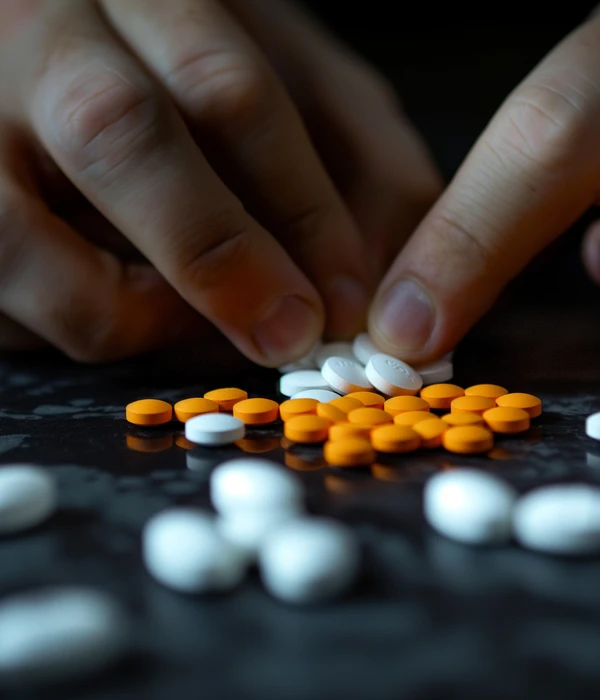
Levels of Care and Treatment Settings
Inpatient and residential treatment provide 24-hour care in a structured, supportive setting. These programmes are ideal if you need medical supervision during detox and early recovery. You’ll receive therapy, peer support, and daily routines that help stabilise your health and build the foundation for long-term sobriety.
Outpatient treatment allows you to continue with your school, work, or family duties while receiving treatment. You generally have scheduled sessions several times per week. These programmes work well if you have a stable and supportive home but still need frequent guidance.
Aftercare programmes are continued support after your formal treatment ends. Aftercare can be composed of regularly checking in with treatment providers, joining a support group, or continue to go to therapy.
Supporting Recovery and Long-Term Outcomes
Building lasting recovery from fentanyl addiction involves more than just stopping drug use. You need a blend of holistic therapies, strong emotional support, and relapse prevention strategies to support both your body and mind for long-term recovery.
Holistic and Complementary Therapies
Holistic and complementary therapies are used in conjunction with traditional therapy modalities to support whole-person healing. These can include yoga, meditation, art therapy, and fitness routines. Mindfulness activities, such as deep breathing and guided imagery, can reduce stress and lower your risk of relapse.
Many treatment centres offer holistic options as part of their fentanyl addiction treatment. For example, yoga may help you relax and rebuild body awareness, while exercise supports better sleep and energy levels. Nutrition counselling and acupuncture can also be helpful.
Preventing Relapse and Sustainable Recovery
Preventing relapse means having a clear, ongoing plan after treatment ends. You may work with your therapist to develop coping strategies for triggers, such as stress or specific social situations. Keeping up healthy routines, such as regular exercise, balanced meals, and good sleep, can also lower your risk of returning to drug use.
Continuing mental health care is important, especially if you have anxiety, depression, or other conditions linked to substance use. Some choose to participate in aftercare programmes or regular therapy sessions for additional guidance and support. Practising mindfulness, goal-setting, and effective problem-solving are valuable skills for long-term success.
Support Groups and Emotional Support
Support groups play a key role in helping you stay on track with recovery. Groups like Narcotics Anonymous provide a safe space to share experiences and challenges with others who understand what you’re going through.
Emotional support from friends, family, and peers can lower feelings of isolation and shame. Some people benefit from one-to-one support, such as having a mentor or counsellor to talk with. Others find group therapy sessions more effective for building trust and accountability. Regular meetings help you stay motivated and focused on your recovery goals.
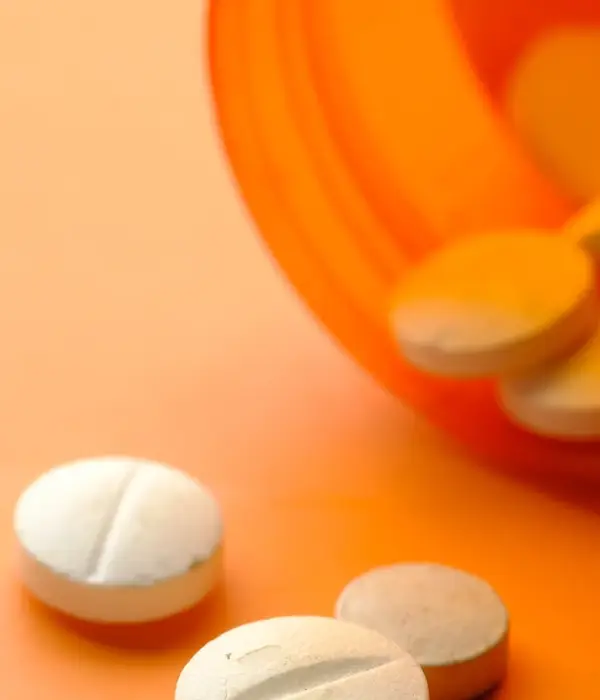
You Can Stop Taking Fentanyl
Fentanyl addiction treatment typically includes a combination of medication, therapy, and ongoing support to address both physical dependence and psychological challenges. At our treatment centre, we understand that each person’s journey is unique, which is why our programmes may also involve structured drug rehab to provide a safe environment for recovery.
That’s why Steps Together is dedicated to ensuring you receive the right care at every stage of recovery. Whether you’re seeking help for yourself or a loved one, our compassionate team is here to support you.
Frequently Asked Questions
What are the most effective treatment options for opioid dependence?
The most effective treatment options include medicine-based therapies, such as methadone, buprenorphine , and naltrexone. These medicines help manage cravings and withdrawal symptoms. Good treatment also includes behavioural therapy and counselling.
Can you detail the process of maintenance therapy for long-term recovery?
Maintenance therapy uses medicines like methadone or buprenorphine over a long period. These help stabilise your body and stop cravings. Regular medical check-ups and dose adjustments may be needed to keep you on the right track.
How do support groups contribute to the success of addiction recovery?
Support groups provide an opportunity to share experiences and offer advice to others facing similar challenges. They can reduce feelings of isolation and offer encouragement. Groups like Narcotics Anonymous can help you build a network of support that makes it easier to stay away from drugs.
How does medically assisted detoxification aid in managing withdrawal symptoms?
Medically assisted detoxification involves doctors and nurses who help you safely stop using fentanyl. They may give you specific medicines to make withdrawal less uncomfortable and to reduce health risks. This support makes it easier to get through the first phase of recovery.
What role does counselling play in the rehabilitation of individuals with opioid use disorders?
Counselling helps you understand your addiction and develop strategies to cope with triggers and stress. Sessions may be one-on-one or in groups. Therapists may use cognitive-behavioural therapy, which helps change negative thought patterns and habits linked to drug use.
What measures can be taken to prevent relapse after treatment completion?
To prevent relapse, you might continue with therapy or support groups. Creating a routine and limiting contact with triggers helps many people. You may also have a plan for handling stress and urges, and regular check-ins with your doctor or counsellor can help you stay focused on recovery.

